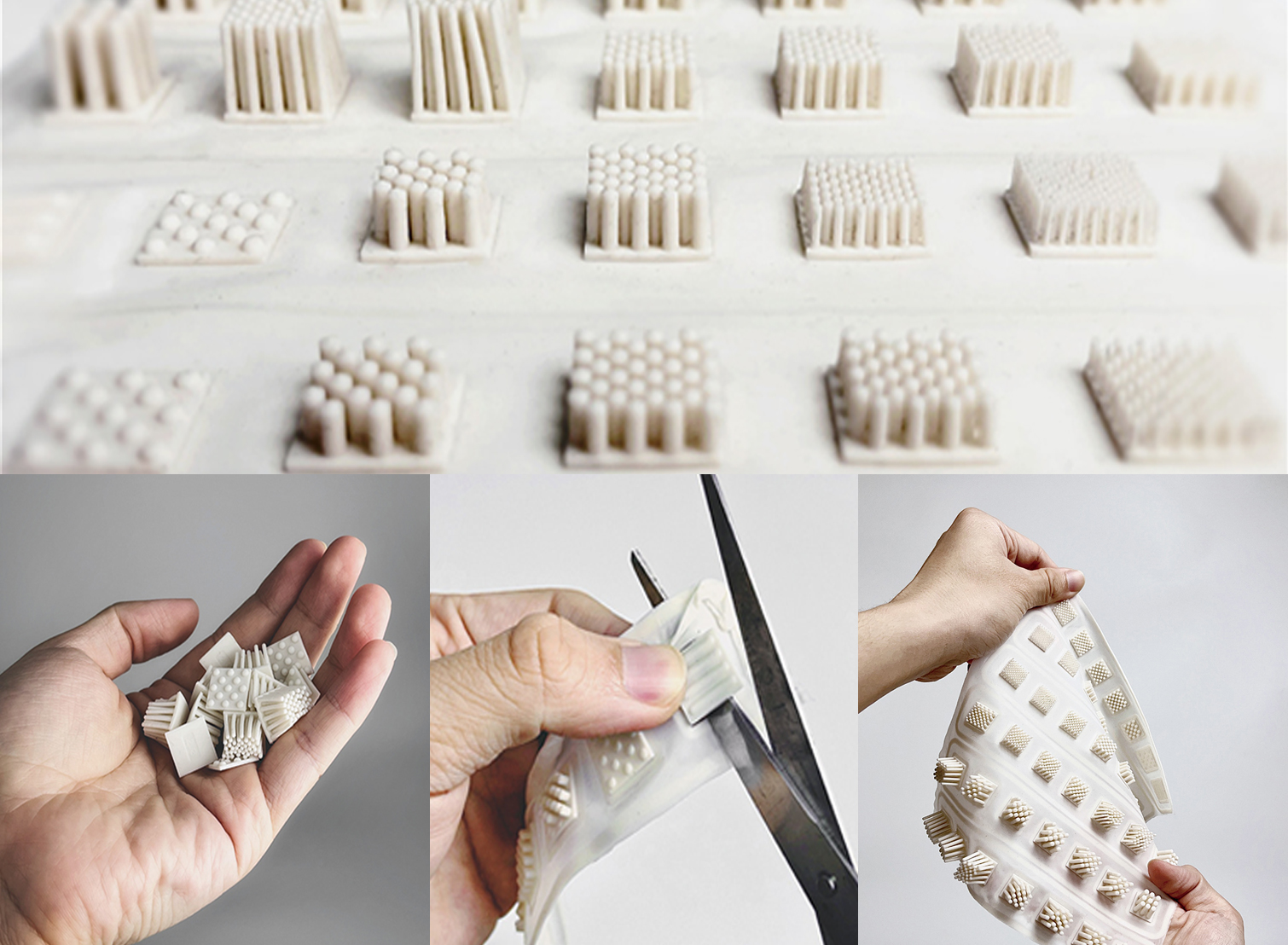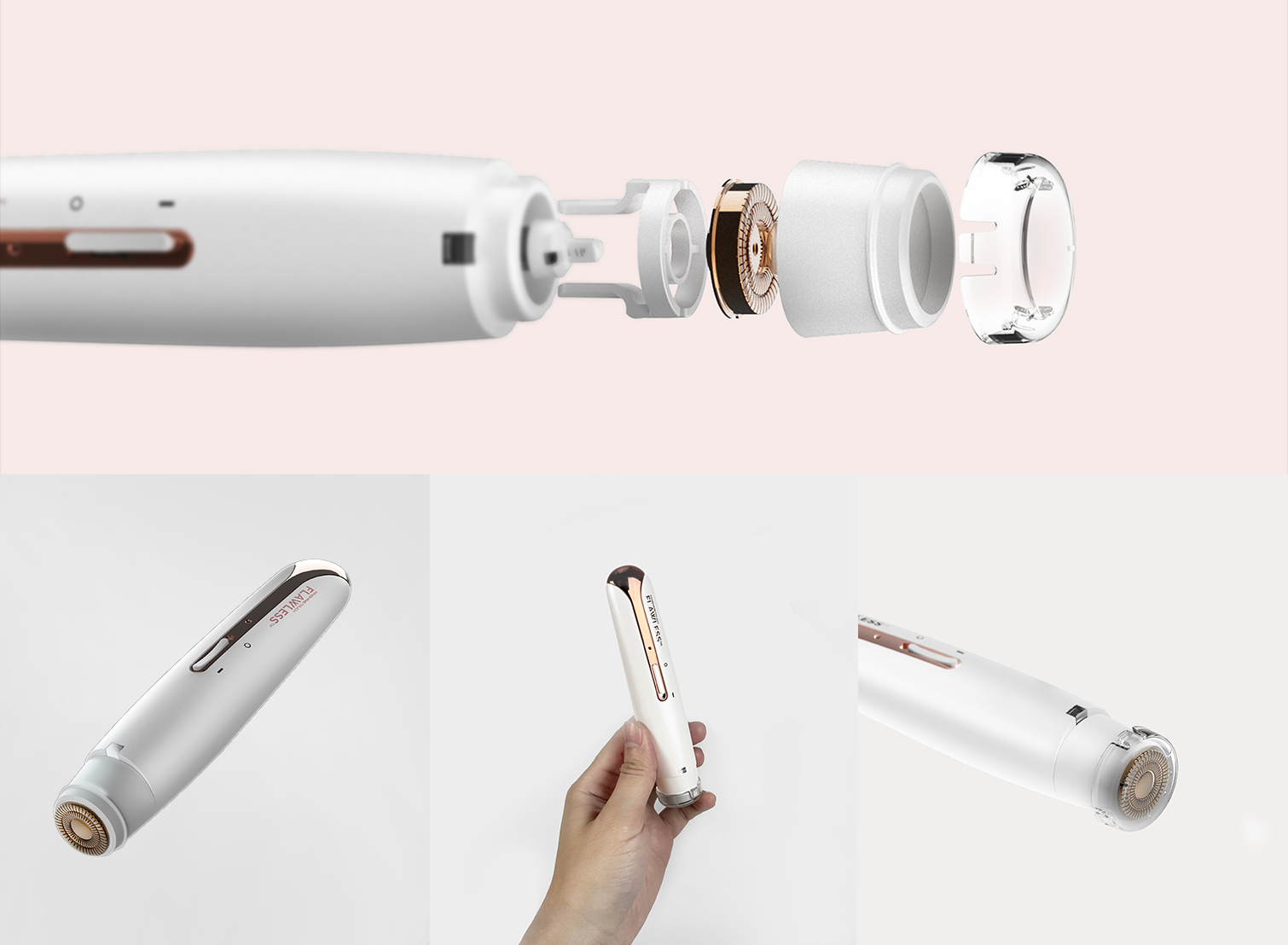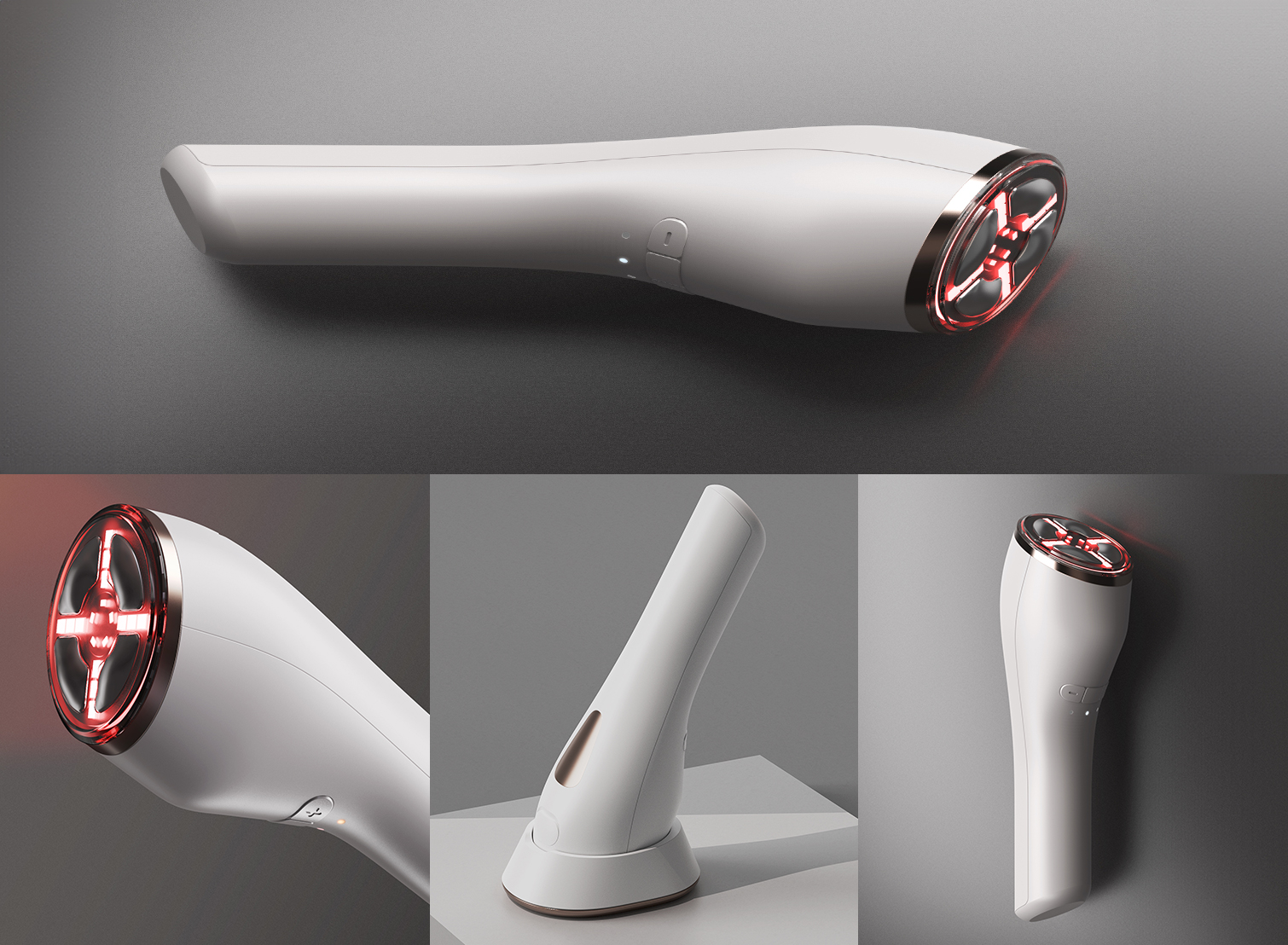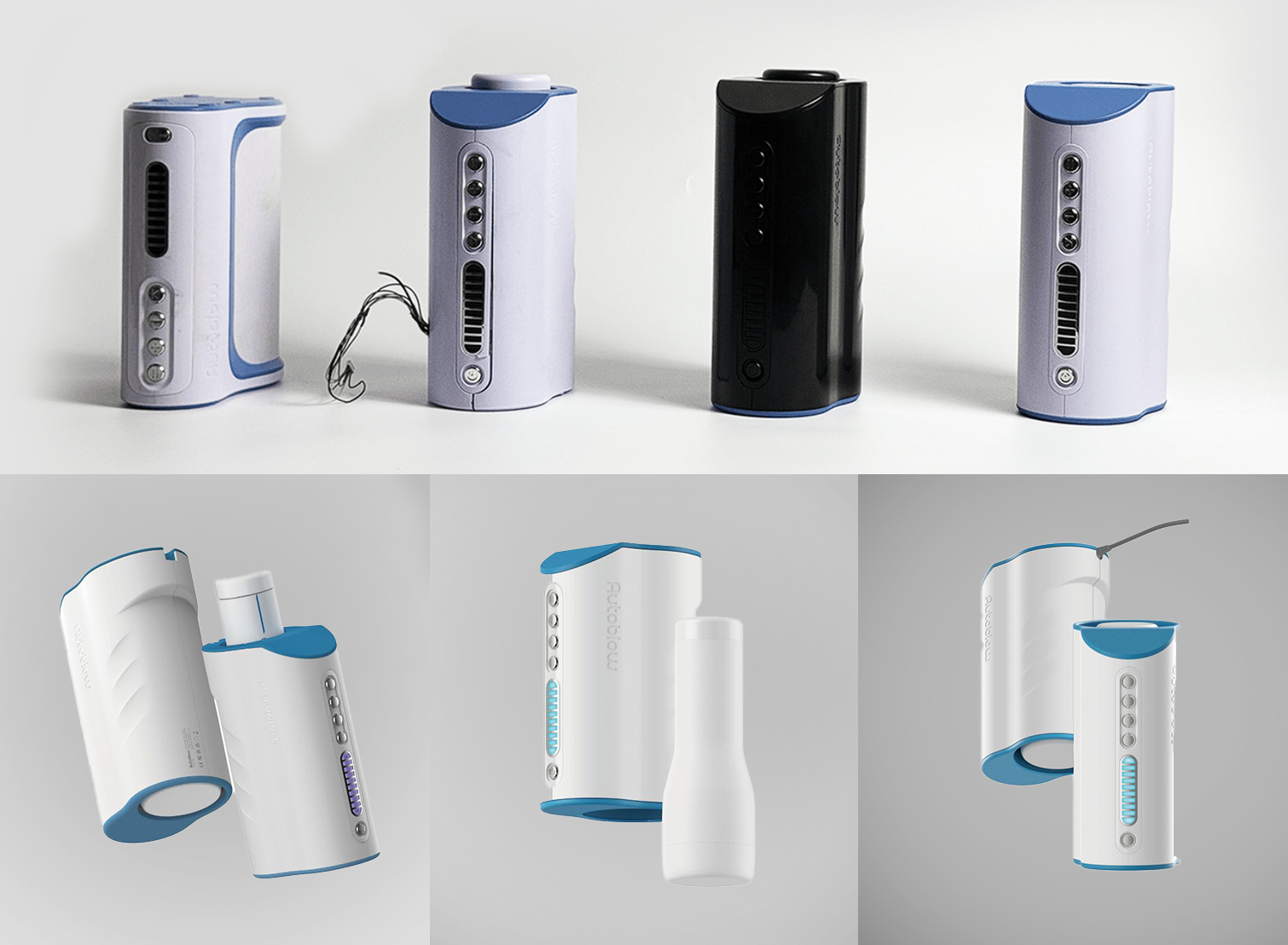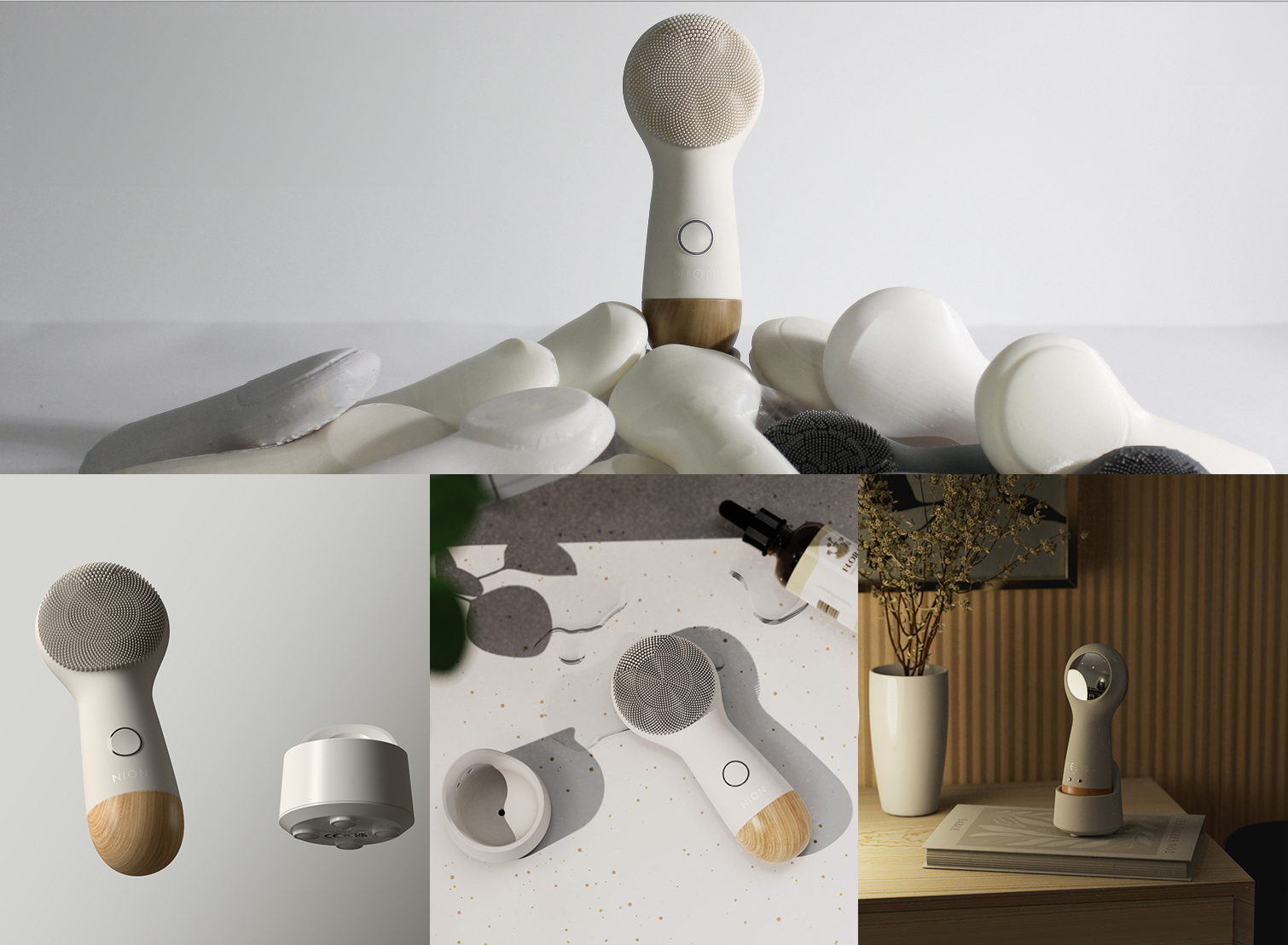Turning an idea into a tangible product is an exciting but complex journey that requires careful planning, creativity, and strategy. From initial concept development to the final product launch, each step in the manufacturing process plays a critical role in bringing a vision to life. Understanding these stages is essential for businesses looking to create quality products efficiently and cost-effectively.
This article breaks down the essential steps in product manufacturing, providing a clear roadmap to help businesses navigate each stage with confidence. Whether you’re refining a new concept, sourcing materials, or planning distribution, this blog will outline the key phases to transform your ideas into successful products.
What is Product Manufacturing?
Product manufacturing is the process of transforming a concept or idea into a physical product ready for market. This involves a series of stages that take a design from initial development through production, quality assurance, and final distribution. Product manufacturing is essential because it bridges the gap between creative ideas and market-ready products, allowing businesses to offer tangible solutions to meet consumer needs.
The journey from concept to final product includes several key steps: defining the product idea, designing and prototyping, sourcing materials, planning production, ensuring quality, and finally, launching the product. Each stage requires careful planning and execution to balance quality, cost, and efficiency, ultimately resulting in a product that fulfills its intended purpose and meets market demands. For more details, explore how to get your invention built in 2024 with Gizmospring.
Why is Product Manufacturing Important?
Understanding the manufacturing process is crucial for transforming ideas into successful products that meet market demands. A clear grasp of each manufacturing stage allows businesses to make informed decisions that directly impact the product’s quality, cost-efficiency, and overall appeal to customers. Effective manufacturing ensures that products are consistently high-quality while staying within budget, which is vital for maximizing profit margins and meeting customer expectations.
Mastering the end-to-end manufacturing journey also gives businesses a competitive advantage. When companies can streamline production, reduce waste, and maintain quality control, they not only increase operational efficiency but also enhance their brand reputation. This capability enables businesses to bring products to market faster, respond swiftly to demand, and adapt to industry changes, ultimately setting them apart in a competitive landscape.
Essential Steps in Product Manufacturing

Turning an idea into a product is a detailed process that requires following a series of critical steps. Here’s a look at each stage, from initial concept development to final product launch, to guide you through the essential phases of manufacturing:
Step 1 – Concept Development and Market Research
The first step in product manufacturing is concept development—defining what your product will do, who it will serve, and how it stands out in the marketplace. This begins with market demand analysis. Start by identifying the need for your product in the target market, analyzing customer pain points, and determining what features will appeal most to your audience.
Once you’ve identified the need, focus on defining the product concept. Develop a clear description of the product’s function, unique benefits, and target demographic. Outline key features, size, material preferences, and any special requirements. Lastly, perform competitor research to understand similar products already in the market, assess their strengths and weaknesses, and define your product’s unique selling proposition (USP) to differentiate it.
For more guidance on this crucial first step, explore validating your idea before manufacturing to ensure your product concept is market-ready.
Step 2 – Product Design and Prototyping
With a concept in place, move on to the design and prototyping phase. Start by sketching initial designs, either by hand or using design software, to bring your concept into a visual form. This helps clarify details and create a foundational layout for the product. Many companies also use 3D modeling software to develop more accurate designs, enabling them to see a realistic representation of the product from all angles.
Once the design is set, move into creating prototypes. A prototype allows you to test the product’s design, function, and user experience. Depending on the product’s complexity, prototypes can be physical models, 3D-printed versions, or digital simulations. During this phase, gather initial feedback from potential users, stakeholders, or focus groups to identify design flaws, usability issues, or areas for improvement. Adjust the design based on this feedback until the product meets all initial expectations.
Step 3 – Sourcing Materials and Suppliers
After refining the prototype, begin sourcing the materials required for production. The choice of materials is crucial as it affects the quality, durability, and cost of the final product. Consider factors like sustainability, cost-effectiveness, and availability when selecting materials to ensure they align with your quality standards and production needs.
Next, find reliable suppliers who can consistently provide high-quality materials at a reasonable cost. Look for suppliers who meet production standards, are transparent in their practices, and offer competitive pricing. Establishing long-term relationships with dependable suppliers helps ensure a stable supply chain, reduces risks, and can improve negotiation power. Finally, focus on negotiating terms and costs to strike a balance between cost-efficiency and quality.
Step 4 – Manufacturing Process and Production Planning
With materials and suppliers in place, the next step is to determine the manufacturing process best suited to your product. The choice of method—such as injection molding, CNC machining, or 3D printing—depends on factors like production volume, material type, and cost considerations. Research which techniques work best for your product to ensure both efficiency and quality.
Setting up production timelines is essential to align with demand forecasts and product launch dates. A well-organized timeline can prevent costly delays and ensure that production meets market needs. Integrate quality control procedures throughout production to maintain consistency and minimize defects. This may involve testing materials, checking for product conformity, and conducting final inspections before the product leaves the facility.
Step 5 – Packaging and Branding
Packaging is crucial for protecting the product and representing the brand. Start by designing sustainable packaging options, such as biodegradable or recyclable materials, which appeal to today’s eco-conscious consumers. Consider packaging size, durability, and environmental impact to ensure it aligns with both product protection and brand values.
Align packaging with brand identity to create a cohesive experience for customers. Color schemes, logos, and typography should reflect the brand’s image, helping your product stand out on shelves or online. Finally, ensure that all regulatory and labeling requirements are met. This may include safety warnings, ingredient lists, and certifications to comply with local and international laws, protecting both the business and consumers.
For more insights, check out The Hidden Costs Behind Recycled Packaging to navigate sustainable choices effectively.
Step 6 – Testing and Quality Assurance
To guarantee product safety and satisfaction, conduct thorough product testing before launching. Testing includes assessing product performance, durability, and adherence to safety standards. For example, a food product may undergo shelf-life testing, while electronics require durability tests to withstand wear and tear.
After initial testing, use a feedback loop to refine the product. Gather insights from testers and make necessary adjustments to improve functionality, comfort, or usability. This process often reveals small changes that can significantly enhance the product’s appeal. Before moving to mass production, conduct a final quality inspection to confirm that the product meets all specifications, ensuring consistency and reliability for the market.
Step 7 – Distribution and Launch
With quality assured, the final step is to prepare for distribution and product launch. Start by choosing the most effective distribution channels, whether that’s retail, e-commerce, or wholesale. Each channel has unique logistics, so select ones that align with your target audience and maximize product reach.
Inventory management and fulfillment are critical for meeting customer demand without overstocking or understocking. Develop an efficient system to monitor stock levels, manage orders, and streamline fulfillment to ensure products reach customers promptly. Finally, prepare a strong marketing strategy to generate excitement around the launch. This might include launch events, social media campaigns, or influencer partnerships to create buzz and drive initial sales.
From Idea to Product: The Path to Successful Manufacturing

Each step in the manufacturing process is essential for transforming an idea into a market-ready product. From concept development to quality assurance, careful planning and execution ensure high-quality, cost-effective products that meet consumer expectations.
A strategic approach helps balance cost, quality, and sustainability, boosting brand reputation and appealing to eco-conscious customers. Companies that prioritize innovation and sustainable practices in manufacturing are well-positioned for long-term success in an increasingly competitive market.
To bring your ideas to life, explore product development with Gizmospring and make your vision a reality!
FAQ
What is product manufacturing?
Product manufacturing is the process of transforming an idea into a market-ready product, covering stages from concept development and design to quality assurance and final distribution.
Why is market research essential in manufacturing?
Market research validates demand, identifies customer needs, and differentiates your product from competitors, laying the foundation for successful product development.
How do I choose materials for my product?
Consider factors like quality, cost-effectiveness, durability, and sustainability to align with production needs and customer expectations.
What is the purpose of quality control in manufacturing?
Quality control ensures consistency, meets product standards, and enhances customer satisfaction by reducing defects and maintaining product reliability.
How does sustainable packaging benefit my brand?
Sustainable packaging appeals to eco-conscious consumers, aligns with environmental goals, and strengthens your brand’s image in the market.


